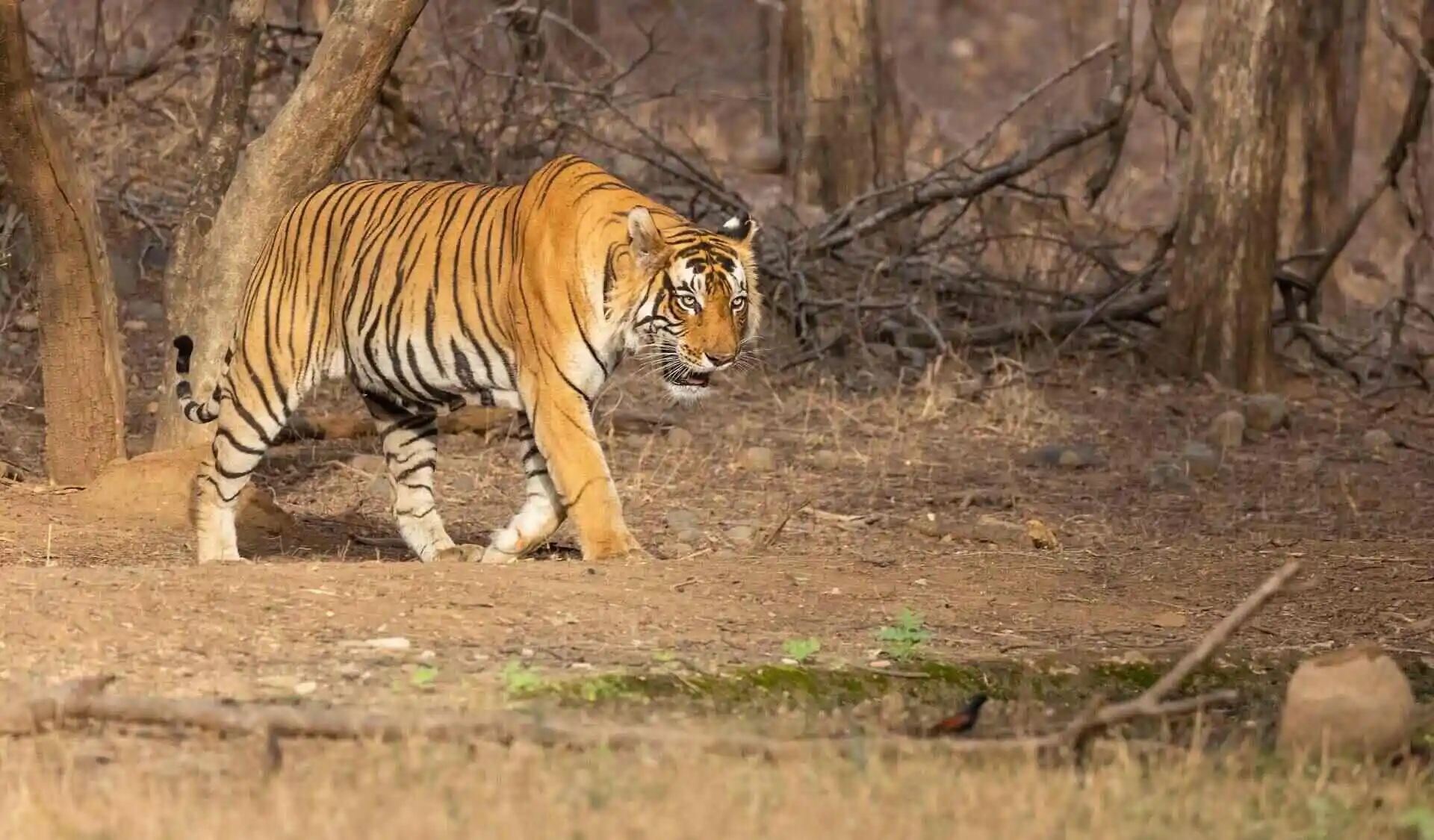Tiger Safari India: Where Wildlife and Culture Roar Together
India’s tiger safari experience is not just about spotting the elusive Royal Bengal Tiger; it’s a journey into the heart of a land where wildlife and culture intertwine in fascinating ways. The tiger, India’s national animal, symbolizes power, grace, and the delicate balance between nature and human civilization. A safari in India’s tiger reserves offers visitors a glimpse of this magnificent animal, along with the rich cultural heritage surrounding these wild spaces.
The Tiger: More Than Just an Animal
In Indian mythology and folklore, the tiger represents strength and protection. Hindu goddess Durga, often depicted riding a tiger, embodies courage and the triumph of good over evil. In many tribal communities living near tiger habitats, the tiger is a revered guardian spirit. This cultural reverence has helped motivate conservation efforts, turning many villages into active protectors of the big cat.
India’s Tiger Reserves: Sanctuaries of Life and Tradition
India has over 50 tiger reserves scattered across diverse landscapes — from dry deciduous forests to wet mangrove swamps. Each reserve is not only a wildlife sanctuary but also a living museum of local traditions and communities.
Ranthambore National Park, Rajasthan
Besides being one of the best places to spot tigers, Ranthambore is steeped in history. The imposing Ranthambore Fort within the park dates back centuries and echoes tales of kings and warriors. The nearby villages celebrate traditional Rajasthani festivals and crafts, giving visitors a chance to experience the vibrant culture beyond the jungle.
Bandhavgarh National Park, Madhya Pradesh
The name “Bandhavgarh” means “Brother’s Fort,” linked to legends from the epic Ramayana. The park is surrounded by tribal villages where indigenous people maintain a symbiotic relationship with the forest, relying on it for sustenance while respecting its sanctity.
Sundarbans National Park, West Bengal
The Sundarbans is a UNESCO World Heritage Site and the largest mangrove forest in the world. The local “Munda” and “Rajbangshi” communities have lived here for generations, adapting to the challenges of the tidal forests. The famous “Bonbibi” festival celebrates the spirit believed to protect humans from the dangers of the jungle, including the tiger.
Ecological Importance of Tiger Safaris
Tiger safaris play a crucial role in promoting wildlife conservation. By drawing responsible tourism, they generate funds that support anti-poaching activities, habitat restoration, and scientific research. Protecting tigers also preserves the entire ecosystem since tigers are apex predators. Healthy tiger populations indicate a balanced forest ecosystem that supports hundreds of other species.
The tiger’s presence controls herbivore populations like deer and wild boar, which in turn affects vegetation and overall forest health. Through safaris, visitors become advocates for wildlife protection, gaining firsthand insight into why preserving these habitats is essential.
What to Expect on a Cultural and Wildlife Safari
A typical tiger safari is an early morning or late afternoon excursion into the jungle aboard a jeep or open-top vehicle. The experience combines wildlife tracking with storytelling from local guides, who share legends, animal behavior insights, and conservation challenges.
Beyond tiger sightings, guests often see tracks of other animals, listen to bird calls, and observe forest plants used in traditional medicine by tribal communities. Many safari lodges and resorts offer cultural programs in the evening — folk music, dance, and handicraft workshops — enriching the overall experience.
Best Practices for a Responsible Tiger Safari
- Respect the environment: Do not litter or disturb animals.
- Support local communities: Choose accommodations and guides from nearby villages.
- Follow park rules: Stay inside vehicles and maintain silence.
- Educate yourself: Learn about tiger conservation efforts and how you can contribute.
When to Plan Your Safari
The ideal time for tiger safaris is from October to June, avoiding the monsoon season when parks are often closed. The hot, dry months between March and June increase the chances of tiger sightings as animals gather near water sources.
Final Thoughts
A tiger safari in India offers a powerful blend of adventure, wildlife observation, and cultural immersion. It allows travelers to connect deeply with one of nature’s most magnificent creatures while appreciating the rich human traditions that have grown alongside these forests.
By choosing to embark on a tiger safari, you’re not just seeking a thrilling wildlife encounter; you’re participating in a global effort to save an endangered species and preserve a vital ecosystem. The roar of the tiger is a call to protect the wild — and India invites you to answer it.













Post Comment